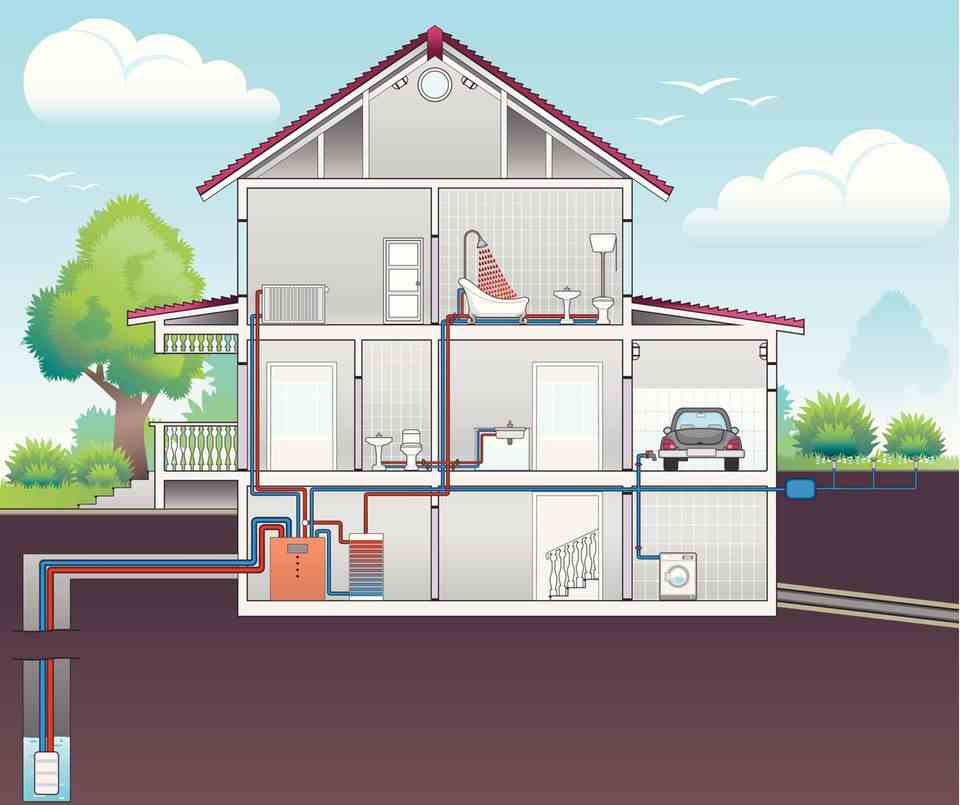Without direct sunlight
Scientists are developing improved solar cells that also generate electricity at night
A researcher examines a solar cell. A newly developed photovoltaic cell should also be able to generate electricity at night. (symbol photo)
© Peter Endig / DPA
In order for solar systems to generate electricity, they need sunlight. However, US researchers have developed a new photovoltaic cell that can also generate energy at night – and thus makes battery storage superfluous.
In order to be able to use the solar energy generated during daylight hours as well, it has to be stored in large batteries. However, researchers at Stanford University, including co-author and electrical engineer Sid Assawaworrarit, say they have found a solution. They have improved solar cells so that they can generate electricity even at night. Assawaworrarit reports on this together with the two other co-authors Zunaid Omair and Shanhui Fan in a report published by the “AIP Publishing” of the American Institute of Physics.
The developed system uses the heat escaping from the earth back into space. The solar panel, which is equipped with a thermoelectric generator, generates voltage and electricity from the temperature gradient between the solar cell and the air.
“During the day, the light comes from the sun and hits the solar cell, but at night it’s the other way around,” Assawaworrarit told Interesting Engineering. Because the solar cells emit infrared radiation. “There is indeed light that [vom Solarmodul] runs out, and we use that to generate electricity at night. The photons that go out into the night sky cool the solar cell,” he continues.
When the sky is cloudy, the infrared light reflects back to Earth, causing a temperature difference of several degrees, Assawaworrarit explains. The electrical engineer and his research team were finally able to convert some of the heat that flows from the warmer air to the cooler solar panel into electricity.
The device, which the researchers installed on Stanford University’s roof, generates about 50 milliwatts per square meter of solar panel on a clear night. “I think that’s probably a record,” Assawaworrarit said. Theoretically, at least one or two watts per square meter should be possible.
Solar cells are inexpensive and have a simple structure
Co-author Zunaid Omair writes in the AIP report: “We managed to build the whole thing from off-the-shelf components, made very good thermal contact, and the most expensive part of the whole construction was the thermoelectric itself.”
The device is inexpensive and could in principle be integrated into existing solar cells. The structure is also simple and can therefore also be built in remote locations with limited resources.
The research team wants to further optimize the thermal insulation and the thermoelectric components of the device in order to further improve the solar cell. “So I think there’s room for improvement, in the sense that if you really designed each of these components for our purpose, the performance could be better,” writes co-author Shanhui Fan.
Sources: Applied Physics Letters, Interesting Engineering


